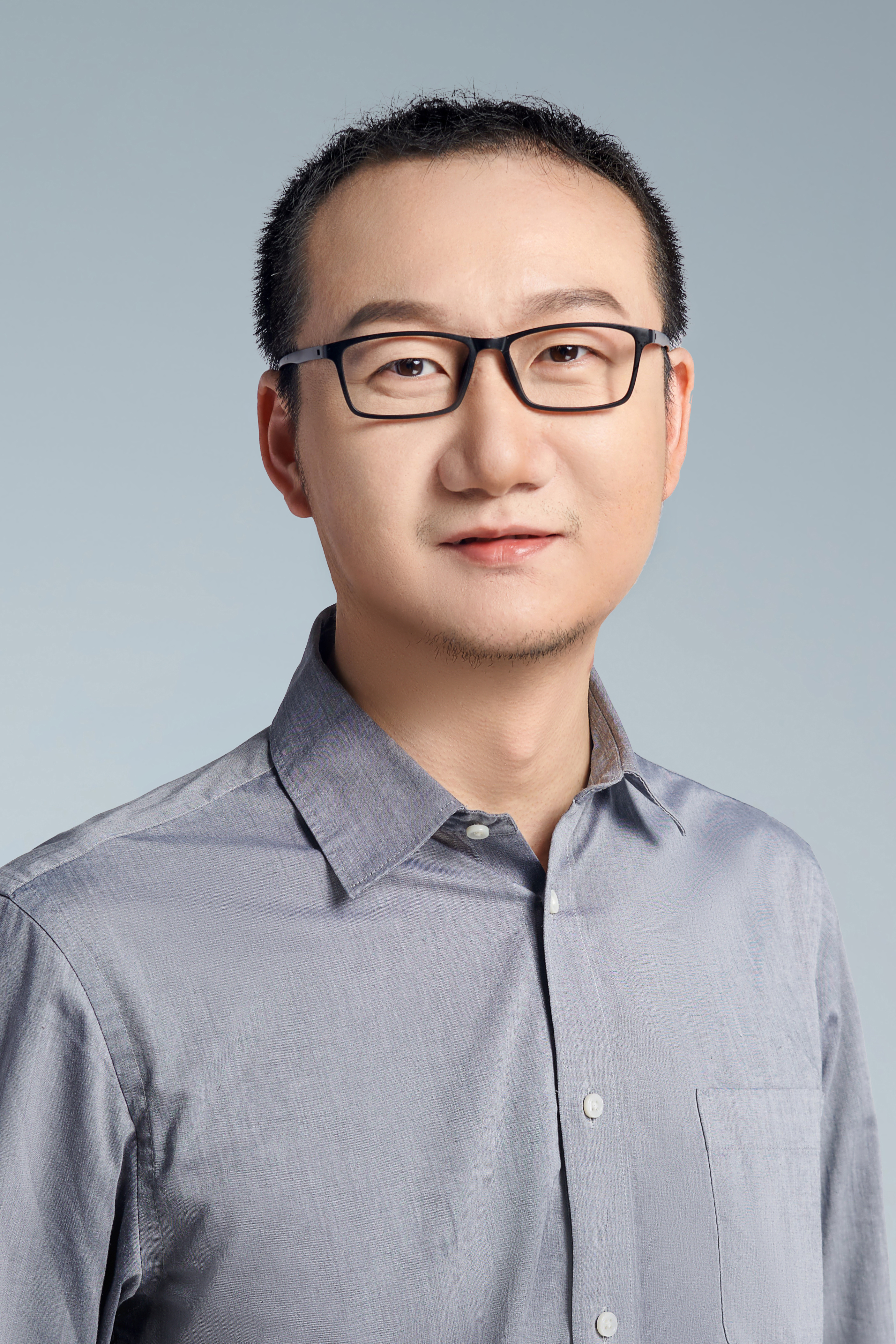
个人简介
陈南,博士毕业于中国科学院,师从我国著名无机化学家、“石墨炔发现者”李玉良院士。现为yl6809永利官网副教授,博士生导师。迄今以第一/通讯作者在Matter、Nat. Commun.、Angew. Chem. Int. Ed.、Adv. Mater.、ACS Nano、ACS Energy Lett.、Adv. Func. Mater.等国际权威SCI学术刊物上发表论文40余篇,全部论文80余篇(他引5000余次);授权中国、日本、美国发明专利4项。独立编写中文著作《一维纳米结构材料制备及其多样化应用》(35万字)、合作编写英文著作《Carbon-Based,Metal-Free Catalysts for Photocatalysis》(5万字)。主持国家自然科学基金面上项目2项、青年项目1项,北京市自然科学基金面上项目2项。同时以项目骨干身份参与了重点研发计划,总装“十二五”、“十三五”预研重点计划等国家级项目。
研究领域和方向
一直以来,专注于无机化学/纳米材料为基础的交叉科学,具体涉及π共轭体系的碳基杂化材料/结构及其在能量转化等领域的研发与应用。具体包括: 一、低维纳米结构的表面与界面特性 低维纳米结构及其物理化学研究属于前沿交叉领域,具有极其重要的科学意义和应用前景。低维纳米结构既具有纳米材料与结构所赋予的量子效应、尺寸效应与表面效应等新奇物性,又可通过高维几何结构的设计获得更优异的光、电、力、磁等宏观器件不具有的物性和功能。近年来,本团队在上述领域发展了多种低维微/纳米结构的加工技术,优化界面与表面效应使低维纳米结构展现出许多独特优势。 二、碳族二维材料的结构、制备及其功能化 碳族二维材料由于其独特的材料结构和电子运输特性得到了科学界的广泛关注。其中构建范德华异质结构,即把一些不同性质的二维材料堆叠形成新的人工结构,所形成的以石墨烯、石墨炔、硅烯、锗烯等IV族元素二维材料为代表的新型复合/杂化材料在光、电、热、声等能量转换领域展现出独特的优势。近年来,本团队在上述领域开展了若干新型碳族二维复合/杂化材料的制备,并着重关注碳族二维材料的微观形貌调控与其性能演变之间的规律。
教育背景
2006年毕业于中国农业大学,获得学士学位。 2012年毕业于中国科学院化学研究所,获得博士学位。
工作履历
2012年至今,yl6809永利官网讲师/副教授。 2017年至2019年,日本东京大学访问学者。
研究成果
近五年第一作者和通讯作者文章 1. In Situ Synthesis of Cathode Materials for Aqueous High-Rate and Durable Zn−I2 Batteries. ACS Materials Lett., 2022, 4, 1872. 2. Two Dimensional Silicene Nanosheets: A New Choice of Electrode Material for High-Performance Supercapacitor. ACS Appl. Mater. Interfaces, 2022, 14, 39014. 3. Low-Dimensional Nanomaterial Systems Formed by IVA Group Elements Allow Energy Conversion Materials to Flourish. Nanomaterials, 2022, 12, 2521. 4. Chemical bond conversion directly drives power generation on the surface of graphdiyne. Matter, 2022, 5, 1. 5. Solar-Driven Soil Remediation along with the Generation of Water Vapor and Electricity. Nanomaterials, 2022, 12, 1800. 6. Reborn Three-Dimensional Graphene with Ultrahigh Volumetric Desalination Capacity. Adv. Mater., 2021, 2105853. 7. Few-Layer Siloxene as an Electrode for Superior High-Rate Zinc Ion Hybrid Capacitors. ACS Energy Lett., 2021, 6, 1786. 8. The Advance and Perspective on Electrode Materials for Metal–Ion Hybrid Capacitors. Adv. Energy Sustainability Res., 2021, 2, 2100022. 9. Directly freeze-drying porous graphene aerogel as acoustic-absorbing Material. J. Phys.: Conf. Ser., 2021, 012059. 10. Custom-Built Graphene Acoustic-Absorbing Aerogel for Audio Signal Recognition. Adv. Mater. Interf., 2021, 2100227. 11. Moisture power in natural polymeric silk fibroin flexible membrane triggers efficient antibacterial activity of silver nanoparticles. Nano Energy, 2021, 90, 106529. 12. High-performance flexible and integratable MEG devices from sulfonated carbon solid acids containing strong Brønsted acid sites. J. Mater. Chem. A, 2021, 9, 24488. 13. 2D Silicene Nanosheets for High-Performance Zinc-Ion Hybrid Capacitor Application. ACS Nano, 2021, 15, 16533. 14. Porous carbon nanowire array for surface-enhanced Raman spectroscopy. Nat. Commun., 2020, 11, 4772. 15. The first flexible dual-ion microbattery demonstrates superior capacity and ultra-high energy density: small and powerful. Adv. Funct. Mater., 2020, 30, 2002086. 16. Frontiers of carbon materials as capacitive deionization electrodes. Dalton Trans., 2020, 49, 5006. 17. Graphene quantum dots for energy storage and conversion: from fabrication to applications. Mater. Chem. Front., 2020, 4, 421. 18. Two-dimensional materials of group-IVA boosting the development of energy storage and conversion. Carbon Energy, 2020, 2, 54. 19. 阳极氧化铝模板限域制备一维杂化纳米材料及其多样化应用的研究进展. 应用化学, 2020, 37, 123. 20. Thermal Efficiency of Solar Steam Generation Approaching 100% through Capillary Water Transport. Angew. Chem. Int. Ed., 2019, 131, 19217–19114. 21. MEG actualized by highvalent metal carrier transport. Nano Energy, 2019, 65, 104047. 22. Intelligent multiple-liquid evaporation power generation platform using distinctive Jaboticaba-like carbon nanosphere@TiO2 nanowires. J. Mater. Chem. A, 2019, 7, 6766. 23. Axial heterostructure nanoarray as all-solid-state micro-supercapacitors. Int. J. Energy Res., 2019, 43, 6013. 24. Gradient doped polymer nanowire for moistelectric nanogenerator. Nano Energy, 2018, 46, 297. 25. Hierarchical hole-enhanced 3D graphene assembly for highly efficient capacitive deionization. Carbon, 2018, 129, 95. 26. Processing and manufacturing of graphene-based microsupercapacitors. Mater. Chem. Front., 2018, 2, 1750. 27. 来自于水和石墨烯间的能量. 科学通报, 2018, 63, 2806. 28. 石墨烯在聚合物阻燃材料中的应用及作用机理. 应用化学, 2018, 35, 307.






